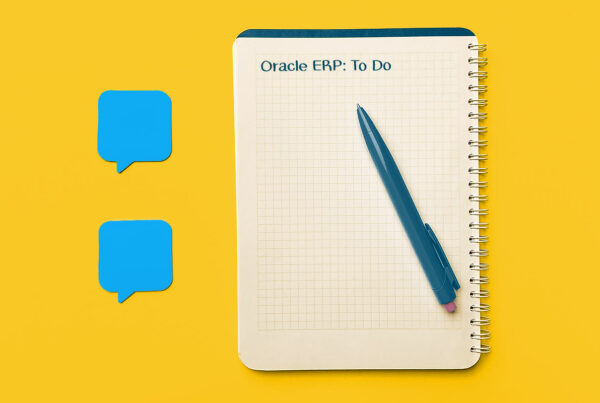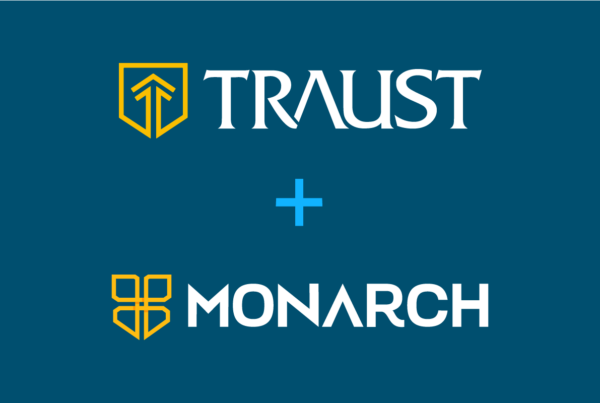One of the biggest challenges facing modern IT teams is the need to modernize their organization’s legacy applications. This work involves not only understanding the technical landscape and how it aligns with business goals but also selecting the right application modernization strategy. The right strategy will optimize your company’s existing investments while enabling future growth and innovation. With numerous approaches available, from rehosting and replatforming to completely rewriting applications, determining the most effective path requires a deep dive into your organization’s unique needs, resources, and long-term objectives.
Legacy vs. Modern Applications
So, what exactly do we mean when we talk about “legacy” vs. “modernized” applications? In general, a legacy application refers to software that has become outdated but is still in use. These applications were developed using older technologies and methodologies, which may now limit their functionality and efficiency. Legacy systems often operate in siloed environments, making them difficult to integrate with new applications or technologies. They might be tied to specific, outdated hardware or software environments, making them expensive and complicated to maintain. Security can also be a significant concern in legacy applications, as outdated architectures and protocols may not adequately protect against modern cyber threats.
In contrast, a modernized application is one that has been updated or redeveloped to take advantage of current technologies, methodologies, and best practices, ensuring it meets present and future business requirements efficiently. These applications are typically characterized by their flexibility, scalability, and compatibility with modern infrastructure, such as cloud environments. They often leverage microservices architecture, which allows for the independent deployment and scaling of application components. Modernized applications are also designed with current security standards in mind, ensuring robust protection against threats and compliance with regulatory requirements. Additionally, they usually offer improved user experiences, with interfaces and functionalities that meet today’s user expectations for responsiveness and accessibility across multiple devices.
Why Modernize Legacy Applications?
Legacy systems, while reliable, often cannot keep pace with the speed, efficiency, and scalability demanded by modern business operations. These older systems may be inflexible, costly to maintain, and incompatible with new technologies. Modernization allows organizations to harness newer technologies, such as cloud computing, and microservices architecture, enabling more agile and responsive business practices.
Another key motivator is the need to improve customer experiences and operational efficiency. Legacy applications often result in siloed data and processes, creating inefficiencies and a disjointed customer experience. Modernizing these applications can streamline operations, improve data flow and accessibility, and enable the integration of features like personalized customer experiences, mobile accessibility, and enhanced security. This not only boosts internal productivity but also directly contributes to higher customer or employee satisfaction and loyalty.
Choosing the Right Application Modernization Strategy
IT teams should first thoroughly assess their existing application portfolio to understand the technical debt, business value, and current challenges of each application. This assessment will inform a strategy that aligns with the company’s broader business goals, technical capabilities, and budget constraints. Finally, the chosen strategy should be flexible enough to adapt to future technological advancements and business needs.
The spectrum of modernization strategies, ranging from rehosting (lifting and shifting an application to a new environment with minimal changes) to rearchitecting (modifying the application’s architecture to better leverage modern technologies), provides a variety of approaches tailored to your company’s needs, technical requirements, and strategic goals. Evaluating these factors will allow you to balance the benefits of modernization against the costs and risks involved.
- Rehosting: Rehosting, often referred to as “lift and shift,” involves moving applications from their current hardware environment to a new one without modifying the application’s code, architecture, or features. This strategy is commonly used to migrate applications to cloud environments, aiming to reduce infrastructure costs and quickly improve scalability. While rehosting offers a fast and relatively low-risk path to cloud adoption, it does not inherently optimize the application to take full advantage of cloud-native features and capabilities. This approach is best suited for organizations looking to achieve immediate cost savings and operational benefits with minimal disruption.
- Replatforming: Replatforming involves making minor modifications to applications to take advantage of new infrastructure capabilities without changing the core architecture of the application. This approach might include changes such as optimizing for a cloud database service instead of an on-premise database to enhance performance and scalability while keeping the application’s basic functions and code structure intact. This approach is best suited for organizations looking to gain quick wins in terms of performance, scalability, and cost savings without the complexity and risk of a full-scale rearchitecture.
- Refactoring: Refactoring is the process of restructuring and optimizing the existing code of an application without changing its external behavior, to improve nonfunctional attributes or adapt to a new technological framework. Refactoring often involves significant changes to the application’s code to make it more modular, scalable, and suited for cloud environments. This approach requires more time, resources, and risk management compared to rehosting or replatforming and is best suited for organizations that want to optimize their applications for the cloud to enhance scalability and performance without altering the core functionality.
- Rearchitecting: Rearchitecting takes refactoring a step further by altering the application’s architecture to shift from traditional monolithic designs to modern, scalable, and flexible architectures like microservices. This strategy involves a comprehensive redesign of the application, often to add new features, improve performance, and increase scalability. Rearchitecting enables an application to fully exploit cloud-native technologies and methodologies. Although it requires a significant investment in terms of time, resources, and expertise, rearchitecting offers substantial long-term benefits by future-proofing applications and aligning them more closely with business goals.
- Rebuilding: Rebuilding involves rewriting or redesigning an application from scratch while preserving its scope and specifications. This approach allows organizations to completely discard the legacy codebase and technology stack, adopting modern programming languages, frameworks, and architectures. For example, many organizations are choosing to rebuild outdated legacy apps using low-code Oracle APEX development services, which streamline the modernization process and reduce time-to-value. Rebuilding is often chosen when the existing application no longer meets the business needs, cannot be easily modified, or is too costly to maintain. This strategy poses the highest risk and requires the most significant investment of all modernization strategies. It is best suited for organizations that need to add new features, improve performance, or meet current standards that cannot be achieved with the existing application architecture.
- Replacing: Replacing entails discarding an existing application and substituting it with a new solution that meets the same business needs, typically utilizing a commercial off-the-shelf (COTS) product. This approach is chosen when the current application is deemed too obsolete, costly to maintain, or inadequate to support current and future business requirements. Replacement allows organizations to quickly adopt new functionalities, improved performance, and better user experiences. This approach is best suited for companies looking to leverage standard off-the-shelf software to reduce complexities and operational costs, while still benefiting from modern functionalities and support.
Making the Leap — Strategy Matters
Whichever strategy you choose, ensuring it aligns with your organization’s current capabilities and future aspirations is crucial for a successful application modernization effort. A well-chosen strategy not only breathes new life into aging systems but also paves the way for seamless integration with emerging technologies and market demands.
This alignment helps avoid unnecessary expenditures, leverages existing investments to their fullest potential, and sets a solid foundation for sustained innovation and growth. Ultimately, the right application modernization strategy acts as a catalyst, enabling your organization to stay agile, responsive, and competitive in a rapidly evolving digital landscape.
Ready to modernize your applications but unsure where to start? Traust can guide you in tailoring a strategy that drives success. Schedule your call today and take the first step towards transformation.





